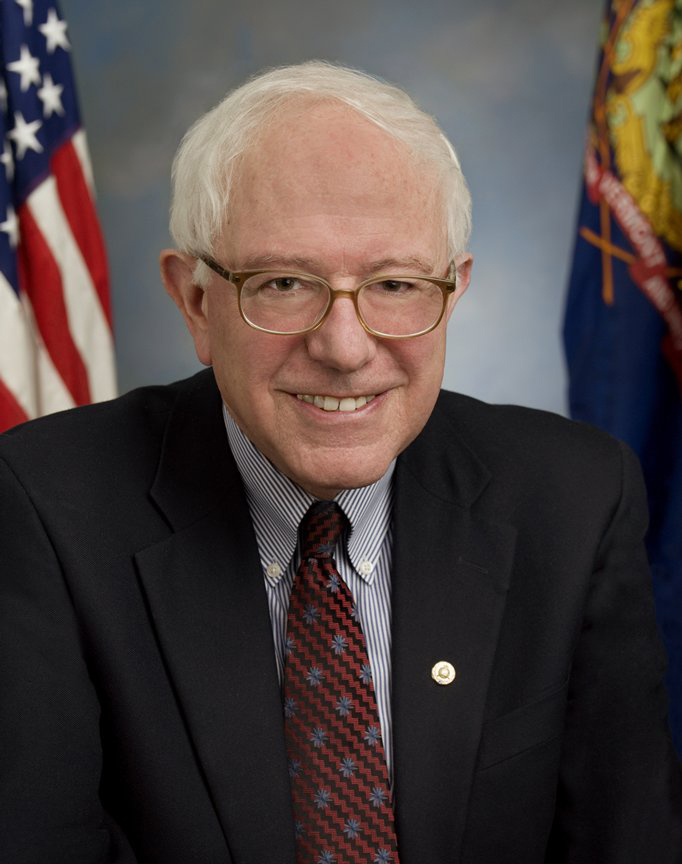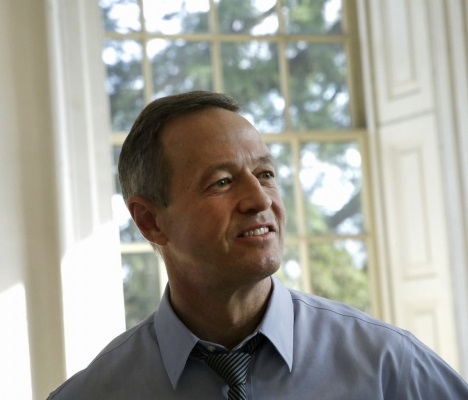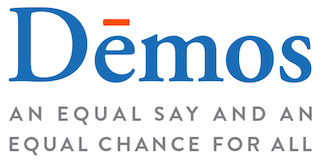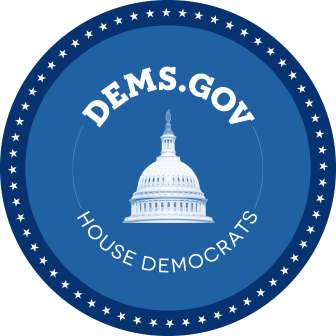You have /5 articles left.
Sign up for a free account or log in.
Debt-free college has emerged in recent months as a popular idea among Democrats and progressive advocates. But details about what, exactly, debt-free college means -- and how it would be accomplished -- remain scant. (See related article.)
Here’s a guide to what various politicians and policy groups are saying about the concept:
Bernie Sanders
What’s the idea?
“Free tuition at every public college and university in America,” Sanders said in a speech last month introducing his bill for tuition-free education.
What’s the plan?
The federal government would provide new money to states that agree to eliminate tuition and fees at their public institutions. The matching grant program “would provide two dollars in federal funding for every dollar that states spend on tuition-free higher education in public colleges and universities,” Sanders said.
States that want the new money would have to maintain their existing levels of funding for higher education. They would also be required to make sure that at least 75 percent of courses at public institutions are taught by tenured or tenure-track faculty, a provision aimed at reducing colleges' reliance on adjunct instructors.
How to pay for it?
Sanders would finance the $47-billion-a-year federal program by taxing the financial transactions of large investment firms. He calls it a “Robin Hood tax on Wall Street.”
Hillary Clinton
What’s the idea?
“We have to deal with the indebtedness to try to move toward making college as debt-free as possible,” Clinton said at a campaign event in Iowa last month. Her campaign manager previously said “debt-free college” was something that “voters are looking for in this election.”
What’s the plan?
Clinton said Wednesday she plans to unveil a comprehensive college affordability proposal “in the next weeks.” Speaking at community college in North Charleston, S.C., she reiterated her support for President Obama’s free community college plan and also said she’s working on a plan to allow students to refinance existing student loan debt.
How to pay for it?
Unclear.
Elizabeth Warren
What’s the idea?
“While not every college needs to graduate every student debt-free, every kid needs a debt-free option -- a strong public university where it’s possible to get a great education without taking on loads of debt,” Warren said in a speech earlier this month.
What’s the plan?
Give new federal money to states that boost spending on public higher education while also lowering tuition. The goal, Warren said, is to leverage federal dollars to “make sure that every state university in the country offers at least one path to a debt-free college degree for all students.” But she said that increased federal spending should be paired with a range of other reforms aimed at holding colleges more accountable for student outcomes.
How to pay for it?
Unclear.
Martin O’Malley
What’s the idea?
“Our ultimate goal must be for every student, most especially low-income and middle-class students, to be able to go to college debt-free,” O’Malley wrote in a Washington Post op-ed.
What’s the plan?
In a video produced by his campaign titled “Debt-free College,” O’Malley cites the “need to invest in our public colleges and universities to make college more affordable for more families.”
How to pay for it?
Unclear.
Congressional Democrats
What’s the idea?
All students should have access to debt-free higher education, according to identical resolutions introduced by Democrats in the House of Representatives and the Senate earlier this year. The resolutions define debt-free as “having no debt upon graduation from all public institutions of higher education.”
What’s the plan?
The resolutions cite “a combination of efforts” to make public institutions debt-free -- increasing funding to states, boosting financial aid to students and promoting innovations that spur “speedy and less costly” degree completion.
How to pay for it?
Unclear.
Demos and the Progressive Change Campaign Committee
What’s the idea?
“All students should have the ability to attend public colleges and universities and graduate without debt,” the two groups said in a policy paper.
What’s the plan?
“The federal government could provide aid to the states to fund students’ tuition,” according to the paper. With tuition covered, low-income students could use Pell Grants -- which the paper said should be increased -- to fund their nontuition costs associated with attending college.
In addition, the groups called for a series of steps to reduce the underlying cost of college (like promoting dual-enrollment programs) and to hold colleges more accountable (like restricting federal money used on advertising).
How to pay for it?
Unclear.
Young Invincibles
What’s the idea?
Creating a “pathway to a debt-free public four-year degree,” which would “eliminate the need for a student to take on debt to complete a four-year degree at a public institution.”
What’s the plan?
Increase and expand the Pell Grant so it covers a greater share of in-state tuition at public institutions and can be used by students year-round. Create a new federal program that prods states to reduce tuition at their public institutions -- either by attaching conditions on a federal block grant to states, requiring states to match federal funds or adopting a more flexible approach.
How to pay for it?
Eliminate and change some higher education tax benefits. Strip federal aid from colleges that perform the poorest on a variety of metrics.





